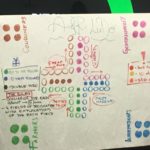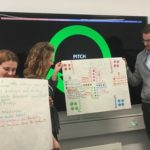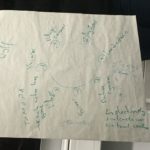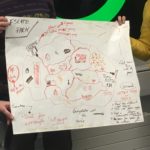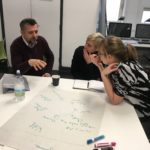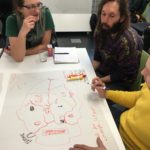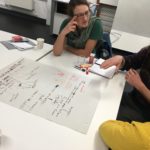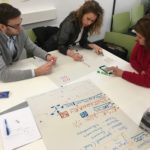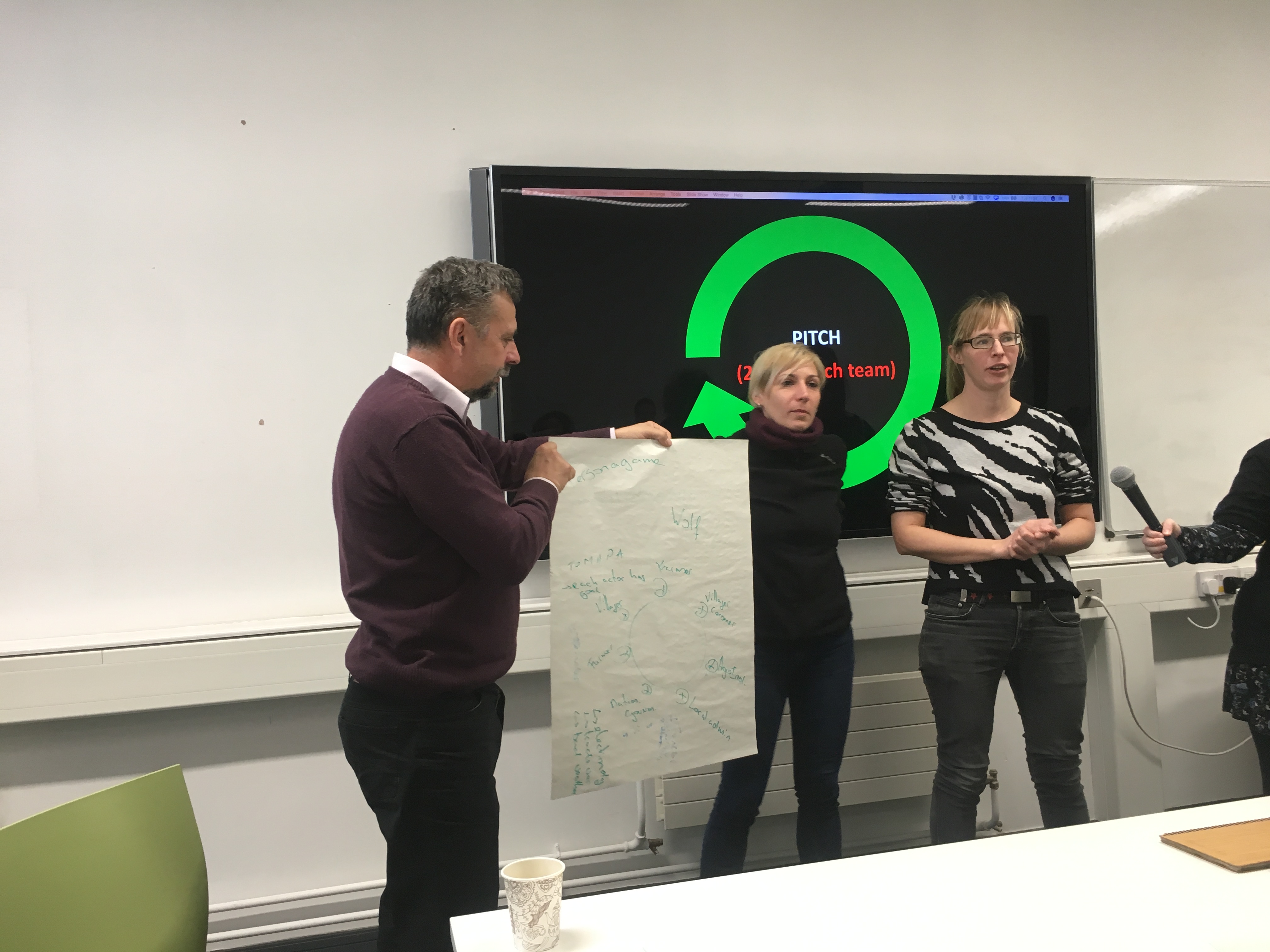
Remixing play approach is a simplified design thinking approach with play as an inspiration for facilitating a more frugal approach for creating new playful tools and resources.
The approach has a key aim to make game-based design thinking more accessible to anyone with different literacies in game playing. Inspired by the engaging nature of play and gameplay as a tool for learning, the workshop emphasises on designing playful experiences suited for the target audience (clients, stakeholders, customers, students, employees, etc.), which will inform the types of services, products and/or technologies that can be used to facilitate those experiences.
The act of play often produces intrinsic engagement and pleasure that enhance our interaction with services, products, problems, challenges, etc. It is therefore possible for us to be inspired by the mechanics of play for informing our strategy, design and construction of solutions that will be more human driven, more emotionally intelligent.
Simple example:
- Challenge – how to increase sales of a product?
- Inspiration – Hide and Seek with simple mechanics – Hiding and Seeking!
- GamePlan – Hide rare items in products for customers to discover and collect. If done right, the Willy Wonka effect can be achieved when customers are encouraged to purchase more in order to stand a chance to discover those rare items.
The game plan can lead to a strategy, a service and/or a product! As the process is based on the Design Thinking process, it will be iterative, agile and incremental in order to refine a gameplan. The process will exploit playfulness and engagement to help encourage creativity and innovation.
The method follows the steps:
Step One: Understand the needs, context and audience
What are the key challenges you wish to address? What are the objectives/aims/goals? Who are your stakeholders? And in what context would your solution/intervention would be implemented?
Step Two: Get inspired by existing play and gameplay
What play and game activities that you like most? List them out? What are the core mechanics of those activities? Are there any particular game and play strategies that you can think of?
Map the different mechanics and use them as inspirations for the next step.
Step three: Map the needs and goals to the mechanics and strategy
How would you engage the stakeholders? Will certain strategies promote the aims and objectives you set out? What play and game activities that would develop certain actions, attitudes and/or behaviour?
Step four: Design your gameplan
Design and develop your strategy/solution/product/experiences that will address the challenges, achieve the goals and engage the stakeholders in the context that you set out in the beginning. Test your gameplan.
Step five: Pitch your gameplan
Share your gameplan and get feedback from your peers.
This method was used during the “Training of trainers” organized in Coventry on 4-5 February 2019. During this event the stakeholders created their own playful resource which included games to support team working and strategic thinking and a playful farm visits using the escape rooms and treasure hunt approach. Following some picture of the event

